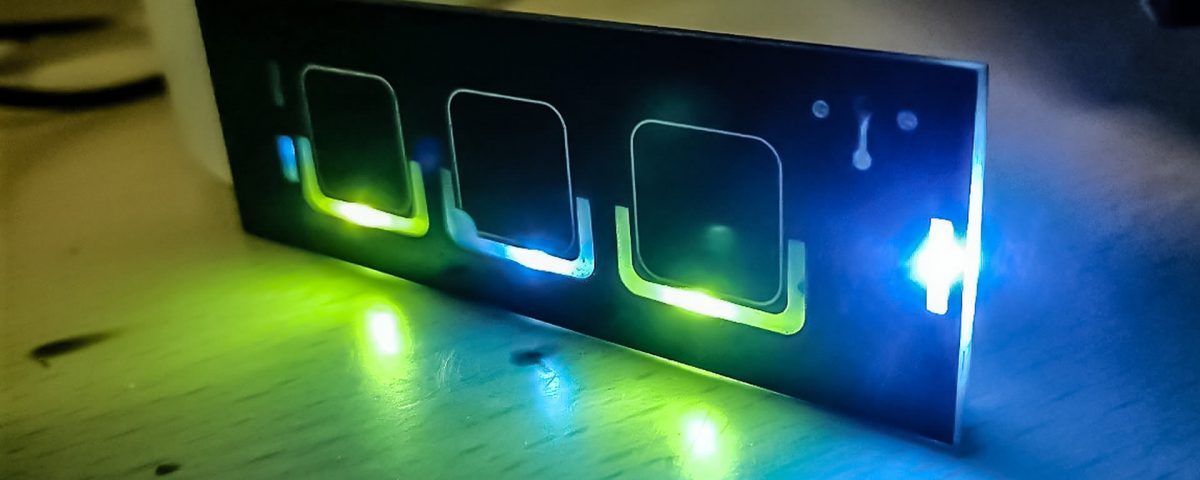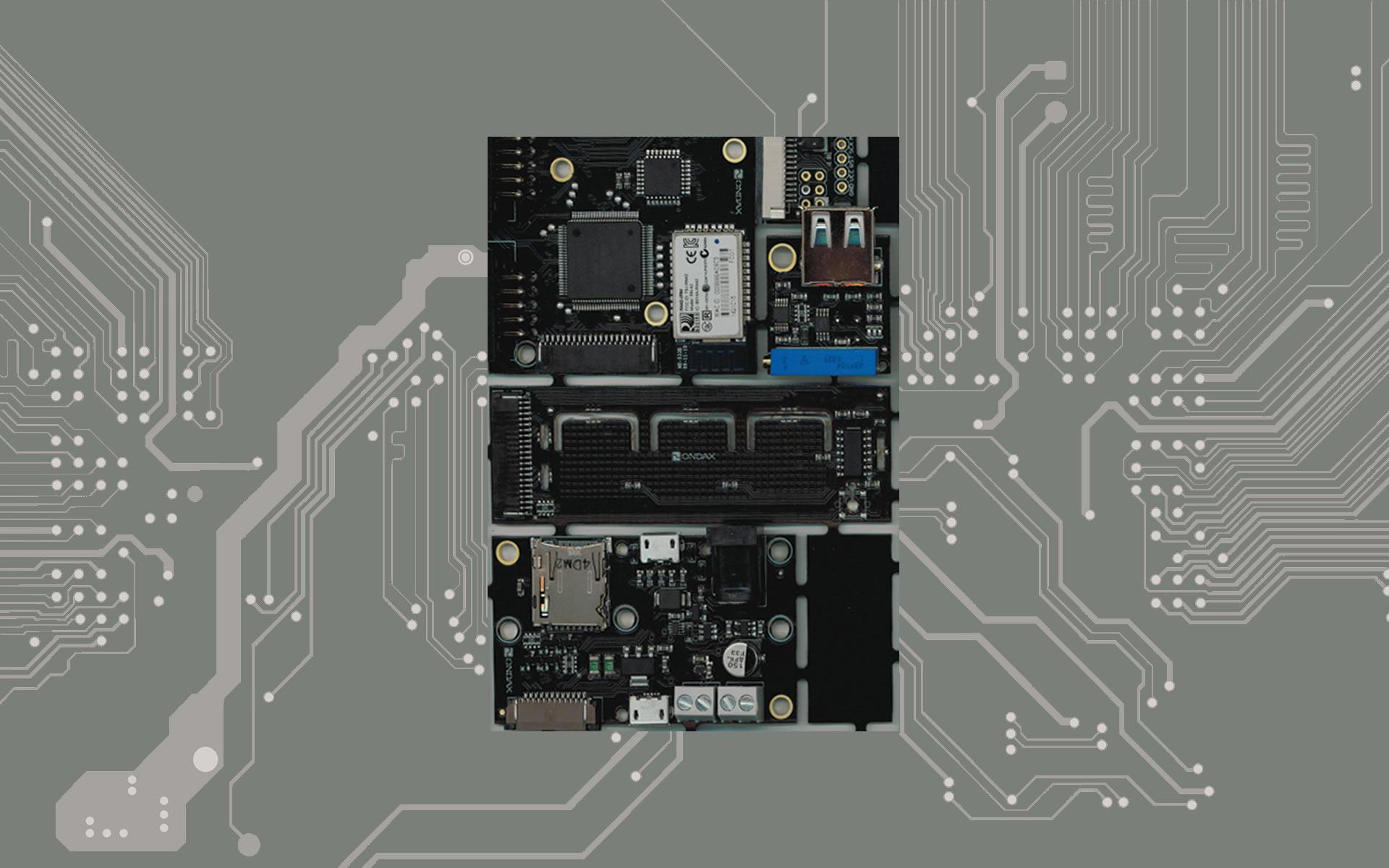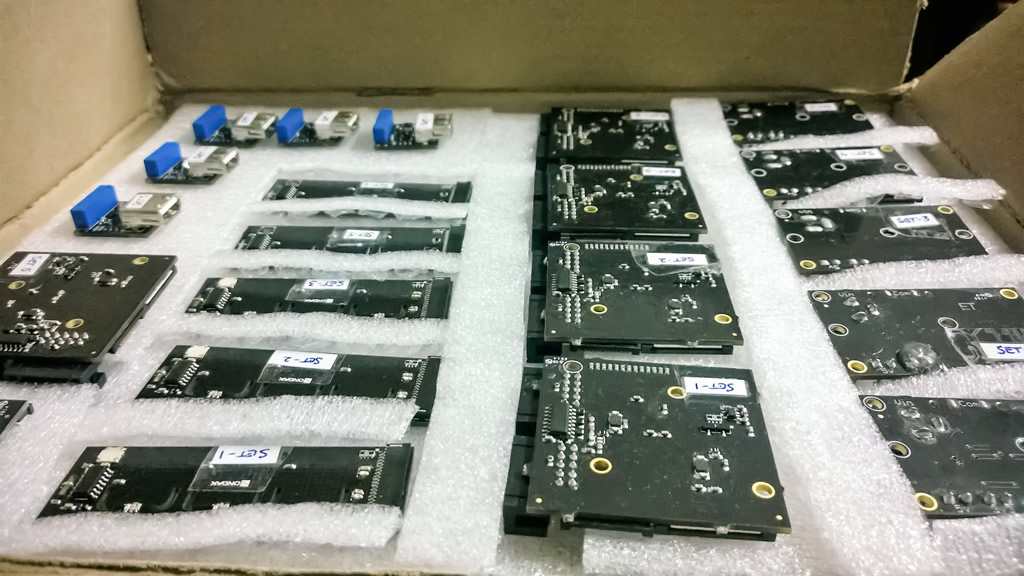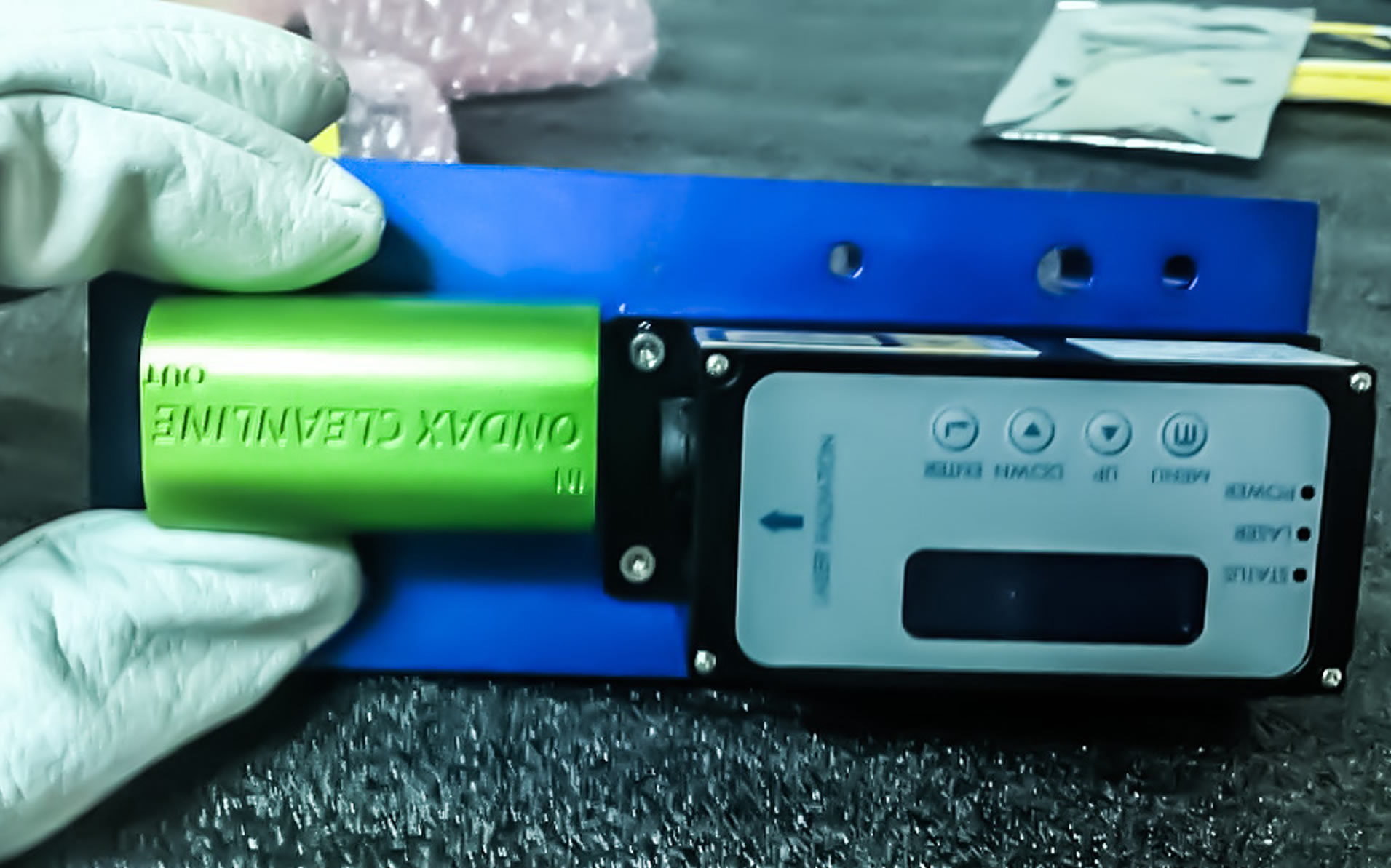A microcontroller based unit to control the calibration of a high power Laser used in Raman Spectroscopy machine Ondax Inc., USA
Existing Model: The calibration unit consist of a Desktop PC running a control module based on Java. The system is connected via Parallel port connector to the Laser for running calibration process. An industrial power meter is used to detect power level output of the Laser and acts as the feedback system for the process, wireless interface to the unit to connect from a laptop, tactile buttons for system interaction.Scope of work: R&D on Laser calibration methods and implementing it on microcontroller, Developing a small form factor portable system which can even be retrofitted with the Laser unit to create a single standalone unit, Circuit and PCB design, development and testing.
Initial days of the project were used to understand the user requirements and to design a prototype to test the efficiency of the system being envisioned. Since the existing system was built on Java, reuse of code and structure of the program was not an option. The entire system has to be built from scratch with the only common part being the steps used in the calibration process. Our first prototype used an 8 bit microcontroller, Bluetooth module, RS232 interface for Laser unit and a PCIE type system interface for debugging process and microcontroller programming.
Additional requirements from the client required us to choose a higher pin out and powerful microcontroller than the one used in the previous version. The entire system was rebuilt with the new version and the code was ported to support the new system.
Our team focused in building a product that works with low power consumption, higher processing power, small form factor and improved user interface. The system should look beautiful and at the same time offer the best user experience possible. With this in mind, we started working on the form factor, interface between different modules and position of LEDs in the interface unit. The tactile physical button requirement from the user was substituted with a touch button interface within the space available. The touch button was also equipped with auto calibrate mode which detects the overlay being placed on top of it and adjusts its sensitivity accordingly.





